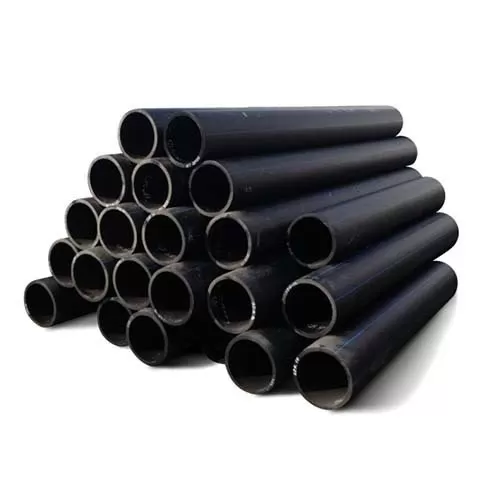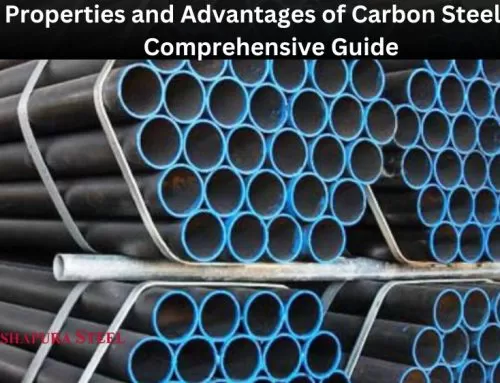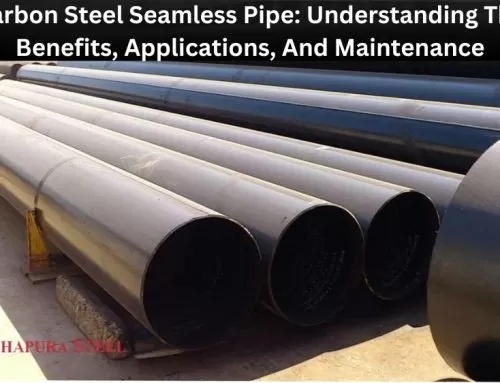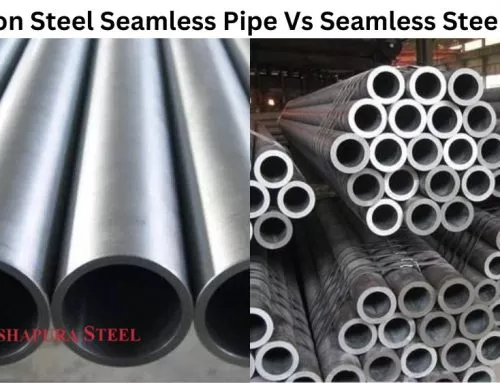Carbon Steel
Carbon steel, also known as simple carbon steel, is a type of metal alloy. It’s made up of two different elements: iron and carbon. Other elements are present in trace amounts that have no impact on their properties. Carbon steel is an iron-carbon alloy containing up to 2.1 percent carbon by weight. Manganese, silicon, and copper concentration should be less than 1.65 wt%, 0.6 wt%, and 0.6 wt%, respectively. Carbon steel has a density of approximately 7.85 g/cm3.
It is commonly utilized structurally in buildings and bridges, as well as axles, gears, shafts, railroads, pipelines, and couplings, as well as cars, refrigerators, and washing machines.
Mild Steel
Mild steel is also referred to as low carbon steel because it has a carbon content of 0.05–0.25 percent. Mild steel is ductile and extremely formable, making it ideal for car body parts, plates, and wire products. Mild steel has a melting point of 1350oC-1530oC (2462oF-2786oF), which varies based on the grade and amount of carbon in the steel.
Mild steel is one of the most widely utilized forms of steel because it can be used to make goods in a wide range of sectors. Mild steel is used in a variety of applications, including structural steel, signs, autos, furniture, fencing, and much more.
Difference of Carbon Steel and Mild Steel
Mild steel is an excellent material for mechanical engineering and general fabrication. Its strength makes it an excellent choice for cages, frames, and fences, as well as other applications where it will not be subjected to significant stress. On the other hand, Carbon Steel as more carbon is added to the steel becomes more brittle and less ductile. As a result, the proper amount of carbon must be added to achieve higher performance steel.






